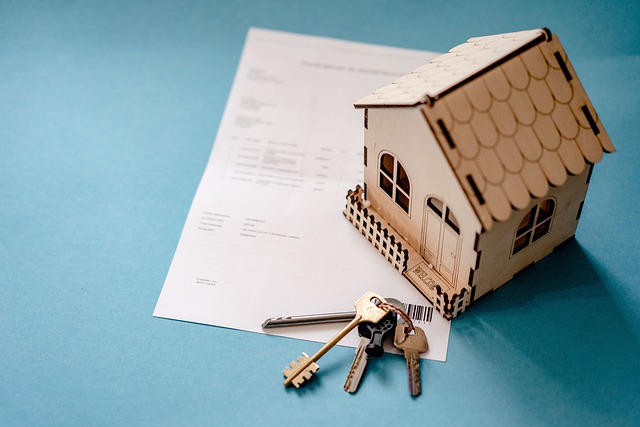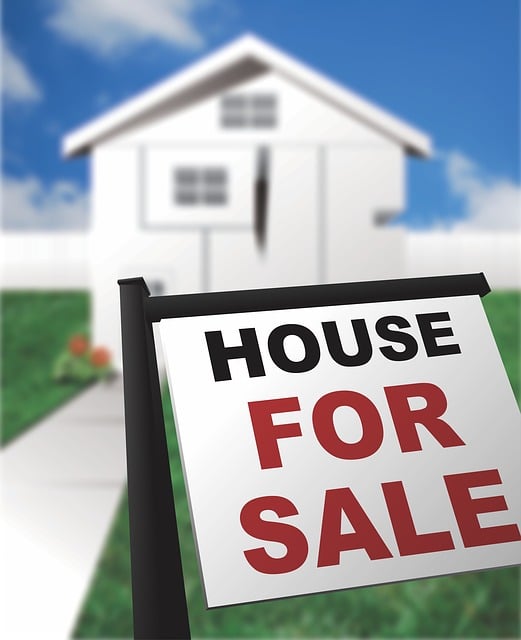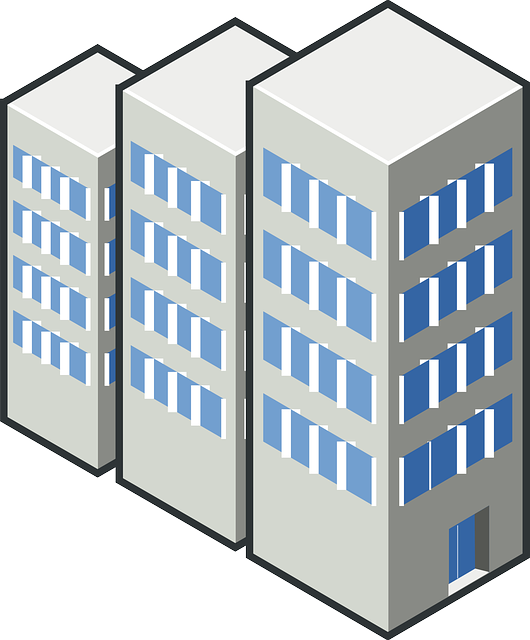When deciding between an HDB Executive Condo (EC) and a traditional HDB flat in Singapore, consider factors like affordability, space, and future financial goals. ECs are tailored for middle-income families, offering larger living spaces with shared facilities at a more affordable price than private properties, while also acting as a stepping stone towards full condominium ownership due to their extendable 95-year lease that can be extended to 99 years. Traditional HDB flats are also secure and community-oriented, with lower costs bolstered by government subsidies. Both options have different advantages, so it's important to evaluate your needs and ambitions for long-term living and investment in Singapore's diverse housing market.
The pricing of HDB ECs and flats is influenced by lease duration, location, specific unit features, development stage, and government policies. Mature estates or locations near established towns can drive up the cost of ECs more than traditional flats. Larger units within both types of housing command higher prices due to increased utility. The remaining lease length for HDB flats affects their resale values, which are generally more stable than those of ECs that have the potential to appreciate in value as they age, akin to private condominiums. Prospective buyers should consider these factors, including location and tenure, to make informed decisions that align with their financial strategies and long-term investment objectives in Singapore's resale market for HDB Executive Condos.
Singapore’s residential landscape is a tapestry of diverse living options, with Housing & Development Board (HDB) Executive Condos (ECs) and traditional public housing units each offering unique advantages. This article dissects the comparative pricing between these two entities, providing insights into affordability, influential factors on price differences, and the role of location, size, and tenure in shaping resale values and pricing strategies. By delving into the specifics, homebuyers can make informed decisions tailored to their financial scenarios and lifestyle preferences.
- Assessing the Affordability of HDB Executive Condos vs Traditional Public Housing Units
- Factors Influencing Price Differences Between ECs and HDB Flats
- The Impact of Location, Size, and Tenure on Resale Values and Pricing Strategies for ECs and HDB Flats
Assessing the Affordability of HDB Executive Condos vs Traditional Public Housing Units

When considering the affordability of housing options in Singapore, a direct comparison between Housing & Development Board (HDB) Executive Condominiums (ECs) and traditional public housing units reveals distinct financial implications for potential homeowners. HDB ECs are a hybrid housing scheme designed for those who aspire to own a larger flat with the possibility of upgrading to a private condo later on, without initially incurring the high costs associated with private property. These units offer a balance between affordability and the benefits of condominium living, such as shared facilities like swimming pools and gyms. The pricing of ECs is structured to cater to middle-income families, allowing them to enjoy a higher standard of living without compromising on their long-term housing aspirations. On the other hand, traditional HDB flats provide cost-effective and secure living options with a strong sense of community. The affordability of these units is further supported by various grants and subsidies available to eligible applicants, ensuring that they remain accessible to a broad segment of the population. Prospective homeowners should evaluate their financial situation and long-term housing goals when deciding between an HDB EC and a traditional HDB flat, as each option presents unique advantages in terms of cost, space, and potential for future appreciation.
Factors Influencing Price Differences Between ECs and HDB Flats

The pricing of Housing & Development Board (HDB) flats and Executive Condominiums (ECs) in Singapore is influenced by a multitude of factors, each playing a unique role in shaping the market dynamics. One of the primary distinctions affecting price differences is the lease duration for which an EC can be held versus the 99-year lease or the remaining lease upon acquisition for an HDB flat. As ECs transition from public to private housing after the fifth year or when residents obtain the option to convert their units, they gain the potential to increase in value more so than HDB flats, which are inherently less volatile in terms of resale values due to their perpetual lease.
Location is another significant factor that influences pricing. ECs located within mature estates or near towns with established infrastructure and amenities often command higher prices compared to those situated in less developed areas. Additionally, the type of unit, its size, the number of bedrooms, and the availability of additional facilities such as swimming pools or tennis courts in ECs can also affect pricing. Moreover, the stage of development and the reputation of the developer can introduce premiums into the pricing structure, affecting both HDB flats and ECs. The government’s cooling measures, policies on citizenship eligibility, and grant schemes for first-time homeowners further impact the affordability and desirability of these housing options, thereby influencing their market prices. Understanding these factors is crucial for potential buyers to make informed decisions when comparing HDB Executive Condos with traditional HDB flats.
The Impact of Location, Size, and Tenure on Resale Values and Pricing Strategies for ECs and HDB Flats

When considering the resale values and pricing strategies of HDB flats and ECs, or Executive Condos, the impact of location, size, and tenure is paramount. Location often dictates a significant portion of an property’s value; well-connected areas with easy access to public transport, amenities, and commercial hubs typically command higher prices. Size also plays a crucial role; larger units within both HDB flats and ECs tend to be more expensive due to their increased utility and demand among families seeking more space. Tenure further influences pricing; newer ECs, which are on a 99-year leasehold tenure similar to private condominiums, may appreciate in value over time as they mature, while HDB flats, traditionally on a 99-year leasehold basis, also see changes in value based on their remaining lease.
In the case of HDB Executive Condos and standard HDB flats, the market perceives them differently. ECs, with features akin to private properties such as larger units and condominium facilities, are often priced higher than their HDB flat counterparts. This is because they offer a blend of public and private housing benefits, appealing to families who desire a certain level of luxury without the full cost of a private property. Prospective buyers should consider these factors when evaluating the resale market for ECs and HDB flats. A strategic approach to understanding the interplay between location, size, and tenure can guide buyers towards making informed decisions that align with their financial plans and long-term investment goals.
In conclusion, the comparative analysis between HDB Executive Condos (ECs) and traditional HDB flats underscores a nuanced understanding of the property market in Singapore. Factors such as location, size, and tenure play pivotal roles in shaping both the initial purchase price and the resale values of these homes. Prospective homeowners must weigh these elements carefully when considering an investment in either an EC or an HDB flat. The affordability of ECs compared to traditional public housing is a significant advantage for eligible applicants, particularly those looking to upgrade from their first HDB flat. This article provides a comprehensive overview of the current state of the market and should serve as a valuable resource for anyone interested in navigating the diverse options available within Singapore’s public housing schemes.
